As you know, speaking French is more than learning vocabulary words, and stringing them together to form sentences. Your French classes will teach you how to conjugate a verb, make your nouns and adjectives agree, and which phrases will help you find what you're looking for. Sentence structure is also important; in French as in English, it follows the Subject-Verb-Object format. However, variations exist, which we explore throughout this article.
| 📩Sentence type | ⏩Structure | 🔊Example sentence | 🔄Translation |
|---|---|---|---|
| Simple Declarative | Subject + Verb + Object SVO | La professeur aime ses éleves. | The teacher loves her students. |
| Negation | S + 'ne' + V + 'pas' + O | La professeur n'aime pas ses éleves. | The teacher doesn't love her students. |
| Interrogative sentences (questions) | Preface sentence with 'est-ce-que' | Est-ce que la professeur aime ses éleves? | Does the teacher love her students? |
| Imperative sentence | V + O | Ouvre(z) la porte! | Open the door! |
| Simple declarative with adjective | S + V + Adj | La fille est belle. Le chien est beau. | The girl is pretty. The dog is pretty. |
| Adverbial pronoun | S + 'y' + V | On y va! | Let's go! |
| Relative clauses | 'que' for objects 'qui' for people | Le livre que tu m'as donné... L'homme qui chante... | The book you gave me... The man who is singing... |

French Sentence Structure: Understanding the Basics
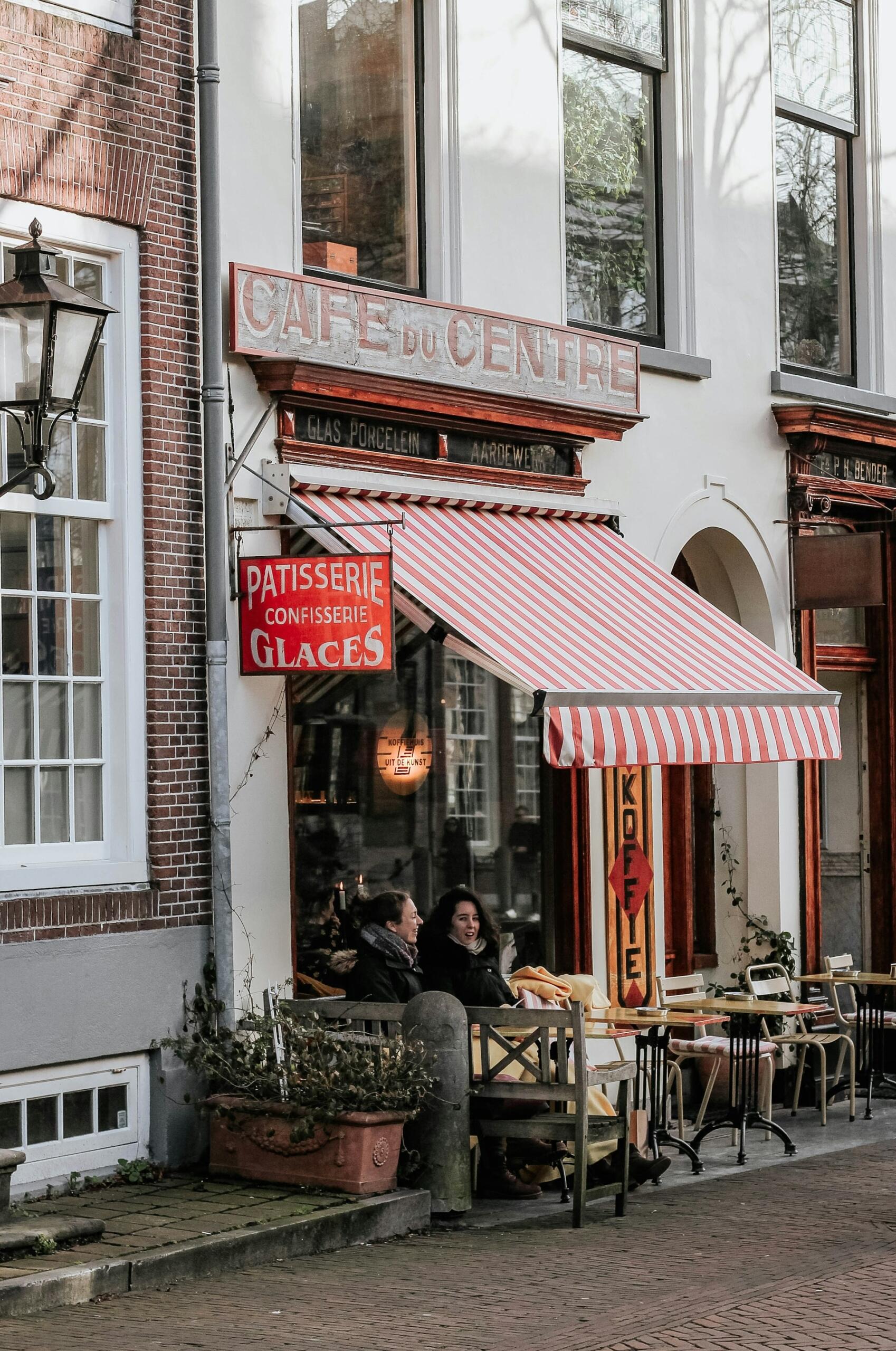
French is a beautiful language, especially when put to music. Whether you're a beginner or an advanced French learner, immersing yourself in the language through music can be a great way to improve your listening skills and vocabulary.
Understanding the rules for forming proper sentences is essential for effective communication in French. In that spirit, we present this French playlist, which will enhance your reading experience while learning about French sentence structure.
While you listen, try to note which lyrics present sentence starters in French.
Basic French Sentences and Word Order
You might take French conversation classes London, where you'll discover French sentences consist of a subject, verb, and object. For example, "Je mange une pomme" means "I am eating an apple." The subject je (I) comes first, followed by the verb mange (am eating), and then the object une pomme (an apple).
The basic word order in French sentences is subject-verb-object (SVO).
French Sentence Starters
Having a good grasp of sentence starters leads to proper sentence construction. Some common sentence starters in French include:
Je suis (I am)
- Je suis enchanté(e) - I'm delighted
- Je suis anglais(e) - I'm English
- Je suis curieux(se) - I'm curious
Il y a (there is)
- Il y a un magazin tout proche - (There is a store nearby)
- Il y a une chance de neige - (There is a chance of snow)
C'est (It is)
- C'est trop cher - (It is too expensive.)
- C'est si beau! - (It is so beautiful!)
- C'est bon a savoir. - (It's good to know.)
Il faut (It's necessary)
- Il faut aller a droite - (It's necessary to turn right.)
- Il faut faire la vaisselle (It's necessary to wash the dishes.)
Note that three of the four sentence starters propose indirect constructions.
Grammatical Gendering
When constructing sentences, pay attention to gender and number agreement. If you want to say "I like the cat," you would say J'aime le chat, or J'aime la chatte, depending on whether the cat is male or female.

If you're talking about several cats, you would say J'aime les chats. You can only say J'aime les chattes if you're certain all of them are female.
Grammatical gendering relates to the words themselves, not the only the concepts they represent. Note how different genders precedes similar concepts.
| 👩Feminine concept | 👨Masculine concept | 🔁Translation |
|---|---|---|
| La bicyclette | Le vélo | the bicycle |
| La voiture | Le train | the car/ the train |
| La maison | Le bâtiment | the house / the building |
English does not assign a gender to objects, but French does.
Two More French Sentence Structure Elements
- Conjunctions: et (and), mais (but), ou (or).
- Si clauses (conditional clauses): Si j'avais de l'argent, j'achèterais une voiture (If I had money, I would buy a car.)
Now, we know the basic building blocks for various types of sentences in French. Always note that, for proper French sentence structure, understanding the grammar rules is essential. This short clip previews our more in-depth studies.
The Simple Declarative Sentence
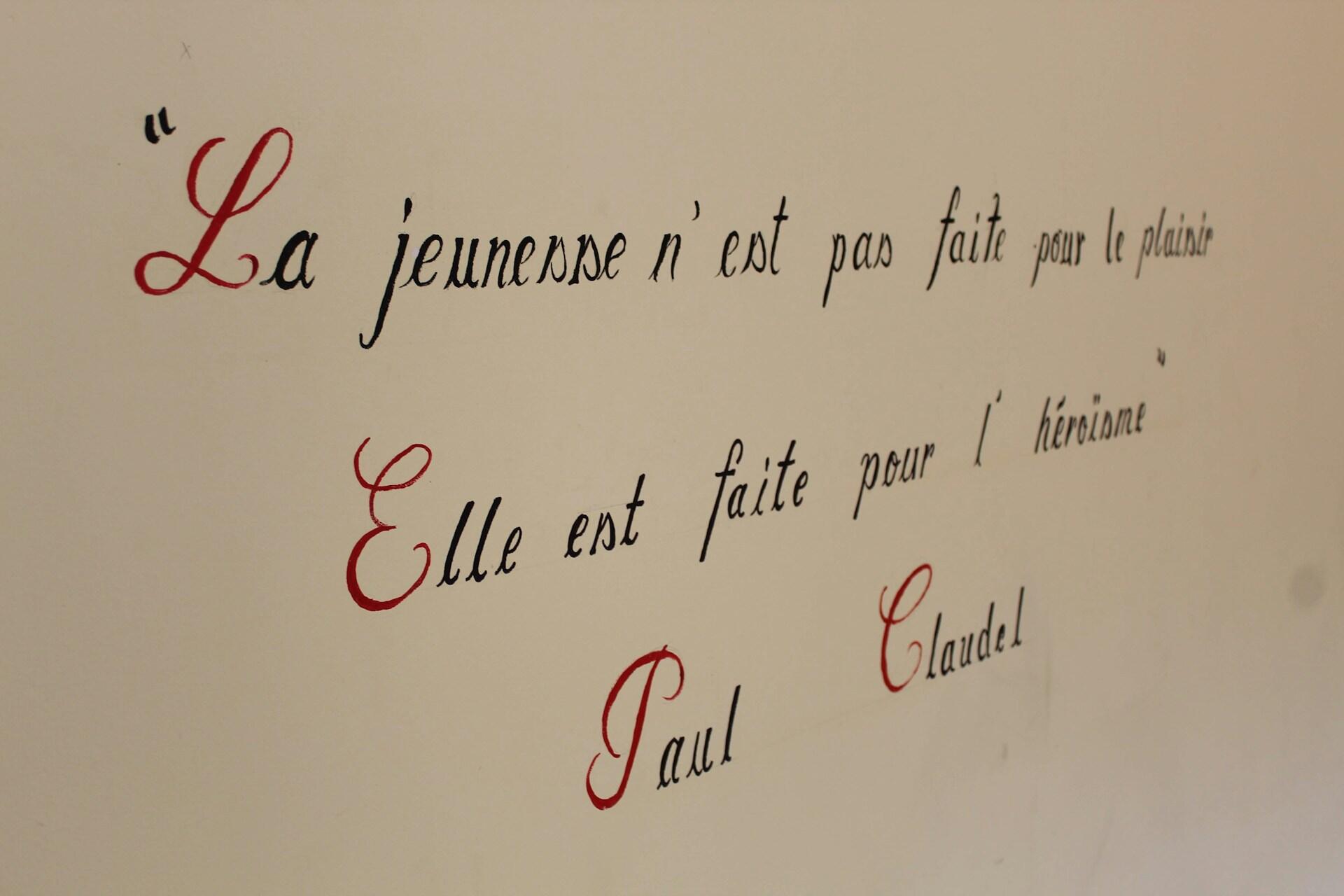
The most common type of sentence in French, and in English, declarative sentence. As in English, the declarative form in French is the core around which more complicated sentences can be built.
Basic French Sentences with Nouns
When you learn a language, you start with basic sentences with the most common word order.
In French, this is SVO - Subject + Verb + Object, as is the case for most Romance languages - and, indeed, English. The subject, who is doing the action, comes at the beginning of the sentence.
The verb describes what the action is, and the direct object tells us more about what the subject is doing. These sentences are all examples of the SVO construct:
French declarative sentences
- Il fait beau.
- Catherine est une adolescente.
- J'ai faim!
- Ma mère est danseuse.
- Il écoute la musique.
Translations
- It (the weather) is nice.
- Catherine is a teenager.
- I am hungry!
- My mother is a dancer.
- He listens to music.
We now expand on that basic sentence structure by adding an indirect object (for/to/with whom is he doing it?):
Subject + Verb + Direct Object + Indirect Object
Examples in French
- Marie donne le livre à sa mère.
- Jean rend le cartable à son frère.
- Suzanne apporte les pommes à la cuisine.
- Lucy rend les livres à la bibliothèque.
- Je prête mon vélo à mon ami.
English translation
- Marie gives the book to her mother
- Jean returns his brother's rucksack.
- Suzanne brings the apples to the kitchen.
- Lucy returns the books to the library.
- I lend my bike to my friend.
In each of these examples, the subject is doing something with the direct object for, to or with the indirect object.

Compound Verb Constructions
Until now, we've only shown simple sentences using action verbs: somebody or something doing something. What about sentences that use a compound verb? In English, these 'helper' verbs are to be, to have and to do. In French, only the first two, être and avoir, are used in compound structures, with être used less frequently.
In French as in English
Compound verbs have an auxiliary verb and a participle verb, either in the past or present tense.
Nevertheless, the structure remains the same. The verb that says what's happening stays in second place:
Examples in French
- Le roi avait pardonné le mousquetaire.
- J'ai fini la vaisselle.
- Le professeur avait donné des devoirs.
- Mon copain est arrivé hier soir.
- Les parents ont gaté ces enfants!
English translation
- The king had pardoned the musketeer.
- I have finished the dishes.
- The teacher had assigned homework.
- My mate arrived yesterday evening.
- The parents have spoiled these children!
The only time a direct object might come after an indirect object is if there is additional information attached to it, such as a relative clause.
Examples of such a construction include:
Examples in French
- Jean rend à son frère le cartable qu’il lui avait prêté.
- Ma soeur montre à ma mére les dessins que j'avais peint.
- Mon collegue dit à nôtre patron que je suis fainéante!
- Benoit lit à sa copine des pôemes qu'il trouve romantique.
- Gabriel donne à sa soeur les bonbons qu'il avait promi.
English translation
- Jean gives his brother back the rucksack he had lent him.
- My sister shows my mother the drawings I painted.
- My colleague tells our boss that I am lazy!
- Benoit reads to his girlfriend poems he finds romantic.
- Gabriel gave to his sister the sweets he had promised.
French is a precise language, it is always best to follow the proper sentence structure in order to convey your intended meaning. It might take a bit of practice, but your language skills will be all the richer for it!
Pronouns and Word Order
As in many other languages, French words are put into a different order if some or all of them are pronouns. Let’s take the sentence:
Marie montre son dessin à sa maman. (Marie shows her drawing to her mum.)
We can swap 'Elle' for 'Marie', because this subject stays at beginning of the sentence, making it:
Elle montre son dessin à sa maman. (She shows her drawing to her mum.).
Still, 'She shows her drawing to her mum' is cumbersome. How to make it less so?
| 🧭Original sentence | 🔂Modified with pronouns | ❓Explanation |
|---|---|---|
| Marie montre son dessin à sa maman. | Elle lui montre son dessin. | 'lui' takes the place of 'maman' even though, generally, 'lui' represents a male. |
| Marie montre son dessin à sa maman. | Elle le montre à sa maman. | 'le' takes the place of the picture. In this sentence, the gender matches; dessin is masculine. |
| Marie montre son dessin à sa maman. | Elle le lui montre. | here, you have a combination of the two representations above, with 'le' meaning 'dessin' and 'lui' in for 'maman'. |
Object pronouns come BEFORE the verb but AFTER the subject.
The pronoun decides what order they follow.
Let us now suppose you are that dear mum, telling a jealous mother about how your daughter creates art for you. You would say:
Son dessin? Elle me le montre!
Her drawing? She shows it to me!
Because of its first-person singular designation, me ranks higher than le - a mere article. Therefore, you would place 'me' before 'le' in such sentences.
Subject +
one of (me, te, se, nous, or vous) +
one of (le, la, or les) +
(lui or leur)+
(adverbial pronoun) y +
en +
verb.
These French grammar rules seem complicated, but only until you see them in action. Note that 'montre' agrees with 'elle' - third person singular:
Elle nous les montre. She shows them to us.
You might also phrase it as a question. Either way, the order listed above remains.
Elle vous les montre? Does she show them to you?
'En' is an indefinite plural pronoun that, in this sentence's case, represents the drawings. 'en' is always placed just before the verb:
Elle montre des dessins à sa maman. -> Elle lui en montre.
She shows some drawings to her mum. > She shows her them.
Negative Sentences
As agreeable a language as French is, negatives do crop up. For instance, if you don't want a coffee, or you don't want to go somewhere. In such cases, the basic sentence structure, SVO, remains. We only need to insert two words.

ne…pas and ne…point (the latter is archaic or regional).
Ne comes immediately after the subject.
Pas comes immediately after the verb.
Let's see what that looks like:
French negation
- Marie ne montre pas son dessin à sa maman.
- Marie ne le montre pas à sa maman.
- Marie ne le lui montre pas.
- Marie ne lui montre pas son dessin.
English translation
- Marie does not show her drawing to her mum.
- Marie doesn't show it to her mum.
- Marie doesn't show her it.
- Marie doesn't show her her drawing.
Negation is pretty straightforward in French, at least, for this type. Even French lessons for kids reinforce that. However, you should be aware of using aucun - 'any' properly. This construction is typically used to deliver extra emphasis:
Marie ne montre aucun dessin à sa mère. Marie doesn’t show any drawing to her mother.
In common speak, the ne often doesn't feature.
J'en veux pas instead of Je n'en veux pas - I don't want any.
Tu vas pas aller! instead of Tu n'y vas pas! - You're not going.
As you build your listening skills, be sure to note this distinction.

Adding Adjectives, Adverbial Phrases

As I learned in my French classes Edinburgh, this language is lovely, in part due to its descriptive nature. Many languages use adjectives and adverbs to describe, including English and French.
So, it follows that these parts of speech have rules governing their usage.
French Time Phrases and Directional Words
Time phrases and directional words are also essential components of French sentence structure. You will learn more about them during your French lessons or your French tutoring sessions. Still, we preview them now.
aujourd'hui (today)
demain (tomorrow)
hier (yesterday)
tout a l'heure (later)
à droite (to the right)
à gauche (to the left)
au devant (ahead)
à l'arriere de (behind)
Mentioning time implies you must use the proper verb tense.
When using locations or directions, you cannot insert them in the middle of the sentence.
Adverbs and Adverbial phrases
The adverbial phrase, or complément circonstanciel, can come at the beginning, middle, or the end of the sentence. They are emphasised if they are put at the beginning or the end; it is more colloquial to only put single-word adverbs in the middle.
Such phrases may denote a time:
French adverbial phrase
- Standard: Marie lui montrera son dessin demain.
- Emphatic: Demain, Marie lui montrera son dessin.
- Colloquial: Marie lui montrera demain son dessin.
Translation
- Marie will show him/her her drawing tomorrow.
- Tomorrow, Marie will show him/her her drawing.
- Marie will show him/her tomorrow her drawing.
You'll note that, as we do not know who the 'lui' in question is, it might represent a male or a female - hence both pronouns. Almost the same rules apply when describing a place:
- Marie lui montrera son dessin à l’école.
- À l’école, Marie lui montrera son dessin.
- Marie will show her drawing at school.
- At school, Marie will show her drawing.
If you are using complément circonstanciel to denote a place where an activity has happened, you cannot put that location in the middle of the sentence:Marie lui montrera à l’école son dessin.
Adverbial Pronouns
The adverbial pronoun “y” (directional) comes after most other pronouns but before the plural pronoun “en”. It is generally used to denote a progressive action, or one that is about to take place.
Marie va à l’école. - Marie goes to school.
Note: 'y' can only be used if the listener knows what the speaker is talking about.
If the listener knows where Marie is headed, the speaker could say: Marie y va - Marie is going.
Contrast that with the much simpler: Nous y allons. We're going - the usage is contingent on it being known where we are going. Or, you might resort to the more casual On y va! - We're off, then!
Naturally, during your French lessons, you'll learn never to say:
Marie y va à l'école or Nous y allons au bois
Doing so suggests the listener knows, and doesn't know, the destination. A Schrödinger construction, if you will.
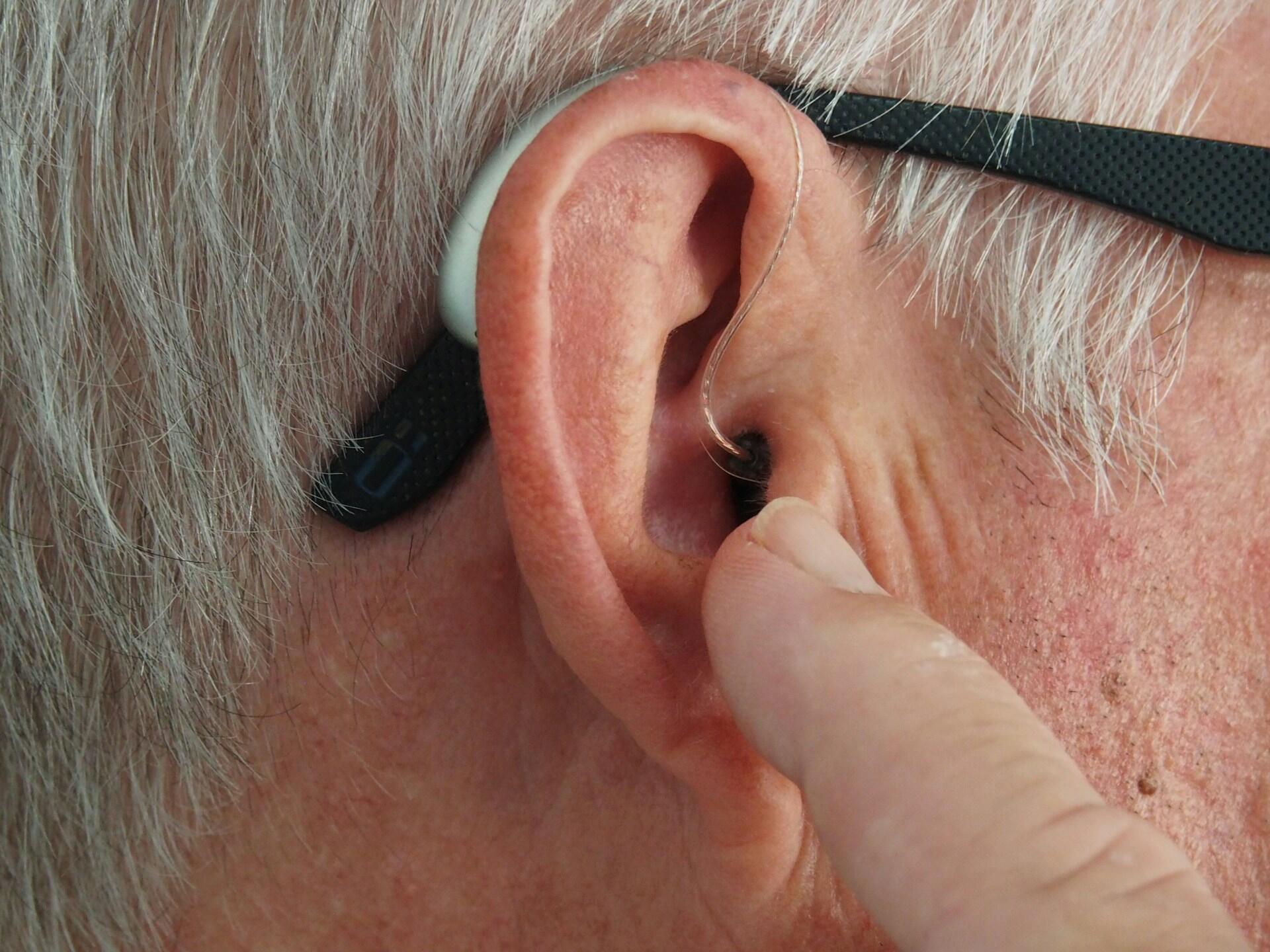
Adjective Placement
Adjective usage is one area where French and English differ. Unlike in English, French adjectives are generally placed right after the noun:
- The red balloon = le ballon rouge
- The hungry lion = le lion affamé
- The sleepy child = l'enfant somnolent(e)
- The playful cat = le chat (la chatte) ludique
- A good book = un bon livre.
BAGS stands for Beauty, Age, Goodness, and Size. It denotes constructions wherein the adjective comes before the noun.
The BAGS rule informs us that any adjective in those four categories must come before the noun it describes:
- Beauty: Un joli ballon. (A pretty balloon.) Une jolie femme (a pretty woman), une belle chanson (a pretty song), un bel enfant (a beautiful child).
- Age: Un vieux ballon. (An old balloon). Un viel homme (an old man), une vieille bicyclette (an old bicycle) Une jeune fille (a young girl)
- Goodness: Un méchant ballon. A mean balloon. Un bon vin (a good wine), une bonne amie (a good friend).
- Size: Un grand ballon. (A big balloon). Un petit ballon (a small balloon), une petite fille (a small girl).
Adjective constructions take many forms, including those with verbs, which express a state. In such cases, the adjective follows the verb:
- Le ballon est vert.
- Le ballon semble petit.
- Le ballon deviendra grand.
- The balloon is green.
- The balloon seems small.
- The balloon will become big.
Adjectives must always agree with the noun they are qualifying, in gender and number.
- Le chat deviendra grand.
- La fille semble petite.
- Les voitures sont vertes.
- Les enfants sont mignons.
- The (male) cat will become big.
- The girl seems small.
- The cars are green.
- the children are cute.
Dependent and Relative Clauses
We now return to aspects of French that English speakers can relate to. We use dependent and relative clauses all the time, to convey clear meaning. As you likely know, most dependent or relative clauses come right after the main clause, at the end of the sentence.

Relative clauses
In French, speakers introduce relative clauses with the relative pronoun que, if the noun is an object. If the noun describes a human, qui is the proper relative pronoun to use.
- J’aime la chanson que tu chantes.
- La chanson que tu chantes est belle.
- Marie donne à Daniel le livre qu’elle a acheté.
- I like the song you are singing.
- The song you are singing is pretty.
- Marie gives Daniel the book she bought.
These clauses are usually placed at the end of the sentence and come right after the noun they are qualifying - meaning that these nouns are sometimes moved from their usual place in the sentence.
if the qualifying noun is the subject, move the relative clause forward.
If it is very long, put it between commas.
Marie, qui aime la danse, donne le livre à Daniel.
Marie, who likes dancing, gives the book to Daniel.
Conjunctive Clauses
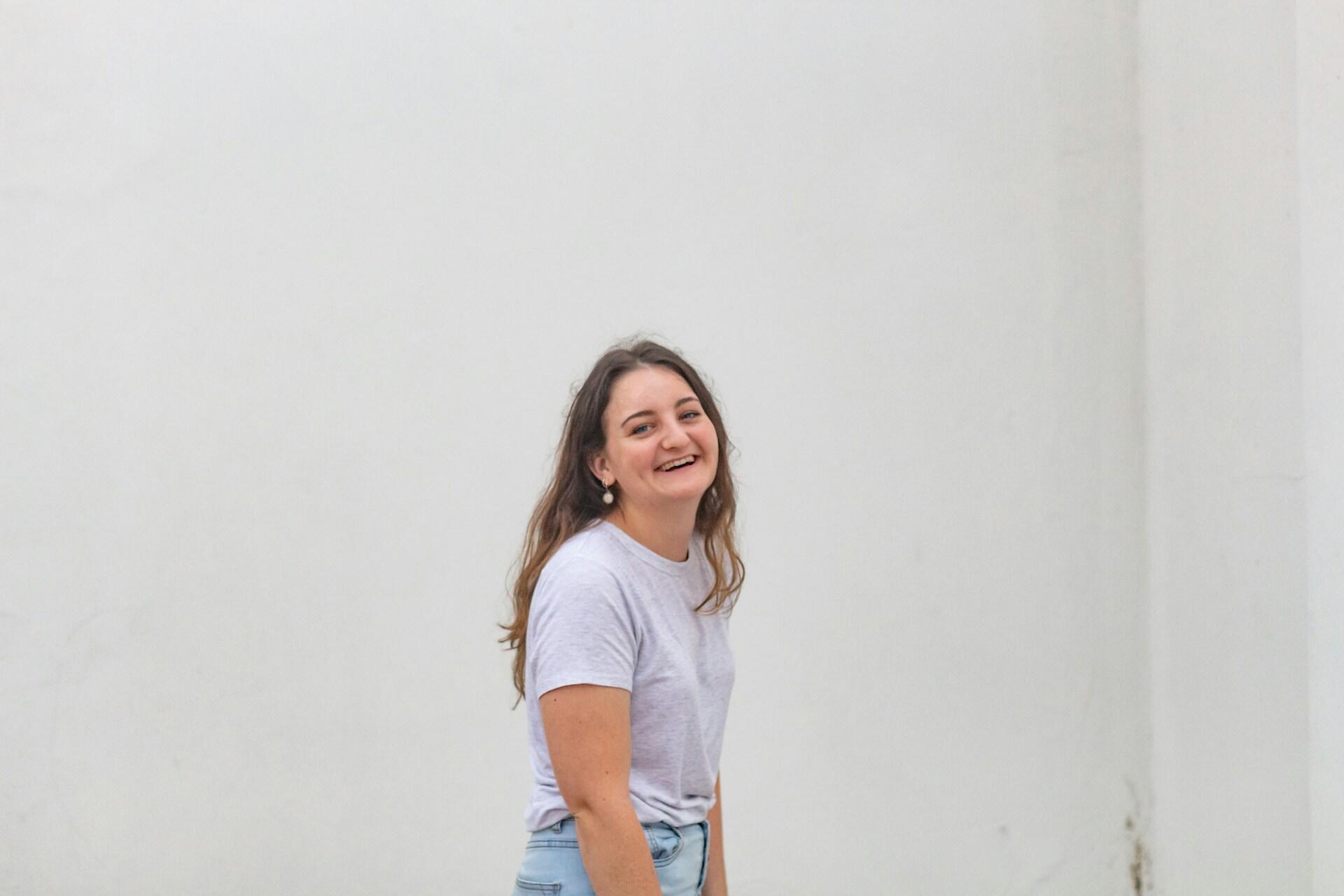
In your French lessons for beginners, you may have learned that conjunctive phrases are the object of a verb. The verb in question generally deals with thoughts and emotions, and the expression of them.
They are either infinitive clauses, or are introduced with the conjunction que.
Examples in French
- Il pense que je t’aime.
- Tu dis que tu veux mon amitié.
- J’ai décidé de prendre le train.
- Elle aide William à apprendre le français.
Translations
- He thinks I love you.
- You say you want my friendship.
- I decided to take the train.
- She helps William learn French.

The French Interrogative Sentence
How do ask a question in French? This language has several ways to build an interrogative. Here are some tips to improve your French questioning skills.
Est-ce-que
Putting “est-ce-que” at the beginning of a sentence is the easiest way to formulate a question in French. You can use the usual word order following it.
- Est-ce-que vous pouvez m’aider?
- Est-ce-que ce siège est pris?
- Est-ce-que vous savez où est la gare?
- Est-ce-que l’éléphant est le plus grand mammifère terrestre?
- Can you help me?
- Is this seat taken?
- Do you know where the train station is?
- Is the elephant the biggest land-bound mammal?
This construction is inelegant for these types of questions. During your French lessons, your teacher might insist you use reversal, instead.
Reversing subject and predicate
The more elegant phrasing is to reverse the subject and predicate, putting the verb at the beginning of the sentence and hyphenating the subject-verb group:
- Pouvez-vous m’aider?
- Savez-vous où se trouve les toilettes?
- Can you help me?
- Do you know where the toilets are?
If the subject of the sentence is not the person you are addressing, it stays at the beginning of the sentence, and an additional subject “il” is added:
- L’éléphant est-il le plus grand mammifère terrestre?
- Ce siège est-il pris?
- Is the elephant the biggest land-bound mammal?
- Is this seat taken?
Question words
For questions that cannot be answered by yes or no, French uses question words. In english, we know them as 5W+H - who, what, when, where, why, and how.

They come at the beginning of the sentence and are followed by the inverted subject-verb group (also more idiomatically, they can also come at the end of a basic sentence).
Here is a list of French words for asking questions:
- Qui: who? Qui es-tu? Who are you?
- Que: what? Que fais-tu? What are you doing?
- Quoi: in rare cases, replaces “que”: Quoi faire?
- Quand: when. Quand vas-tu manger? When will you eat?
- Où: where? Où vas-tu? Where are you going?
- Pourquoi: why? Pourquoi manges-tu ces frites? Why are you eating those chips?
- Comment: how? Comment vas-tu? How are you?
- Combien: how much? Combien coûte cette baguette? How much does this baguette cost?
This question word must agree with the noun it is qualifying.
It can also be combined can be combined with adverbial prepositions.
- Quels cinémas jouent-ils le nouveau Star Wars?
- Quel chapeau achetes-tu?
- Quelle jupe m'as-tu promis?
- Quelles villes sont les plus jolies?
- Dans quel château Edmond Dantès était-il emprisonné?
- Which cinema is showing the new Star Wars?
- Which hat are you buying?
- Which skirt did you promise me?
- Which cities are the prettiest?
- In what castle was Edmond Dantès imprisoned?
Indirect Questions
During our French lessons online, my Superprof tutor taught me indirect questions are questions that are related, rather than asked. They are introduced by the usual question words:
Ils se demandent quels cinémas montrent le nouveau Star Wars. They wonder which cinemas...
Elle demande comment il va. She asks how he's doing.
The French Conditional Sentence
The language of Voltaire uses the pair of French words “si… alors” to express a condition over two clauses. However, in some French phrases, “alors” is left off. It is considered more colloquial.
Si tu veux apprendre la langue, (alors) il faut bien apprendre le vocabulaire français.
If you want to learn the language, so you will have to learn the French vocabulary.
Your French grammar textbooks include exercises to practise all these grammar constructions. Your online French course can help you learn all about French sentence structure. You can then use French expressions you've learnt, and how to conjugate French verbs, in your French classes.

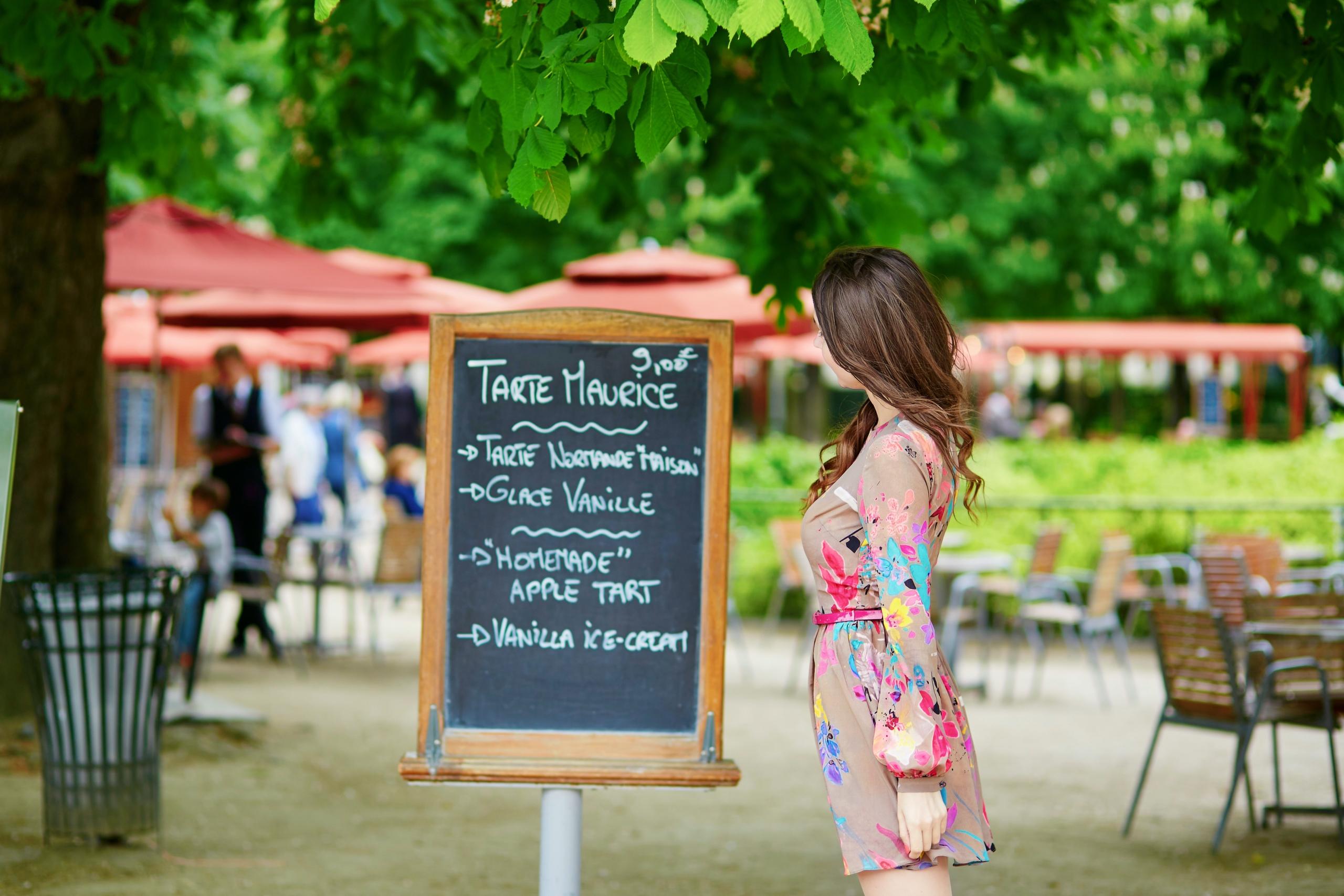





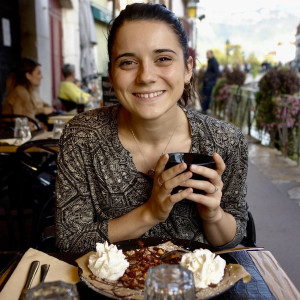








This is the best article I have ever read. Thank you. Great mind. You are talented
Never having bothered to learn the essentials the article was a source of amazing common sense.
Most detailed & simple yet fully educational..merci beaucoup mon prof.
Merci..merci!!!💖🤩Je viens de Malaisie!
Super helpful article! Took loads of notes. Merci beaucoup!
this was soo helpfull, so much more than my classes……
pardon monseuir
This is the best article to use in speaking quick French… Its even more helpful than my regular class program
It was really helpful, thank you
I swear, just came across it
This is really good. I understood alot and would be making notes.. Thank you so much.
It’s great to find this article. Am learning French and am looking for grammatical structures. Thanks for sharing it. Merci
I must confess, this is really helpful. You are great French teachers.
The problem is I don’t know how to make use or talk about somethings using French
Very helpful, thank you. Very nicely explained :) So grateful
Amazing content
thanks so much!:)
Very informative. Thank You.
This is the most well structured article I’ve come across. Makes learning a lot more sense. I used to be so confused but this is well written and finally puts things into perspective especially when it comes to sentence structure and grammar rules. Thank you, this has been extremely helpful.
Hi Nyain! Great to hear that you found this article useful, thanks very much for the feedback!
You guys are awesome 👍
Thank you Nina!
Honestly
form a sentence with celui-la in french
Hi Emma! Thanks for getting in touch.
Here’s an example of a sentence with celui-là:
“Tu vois ce livre ? Je préfère celui-là plutôt que l’autre.”
(Translation: “Do you see this book? I prefer that one rather than the other.”)